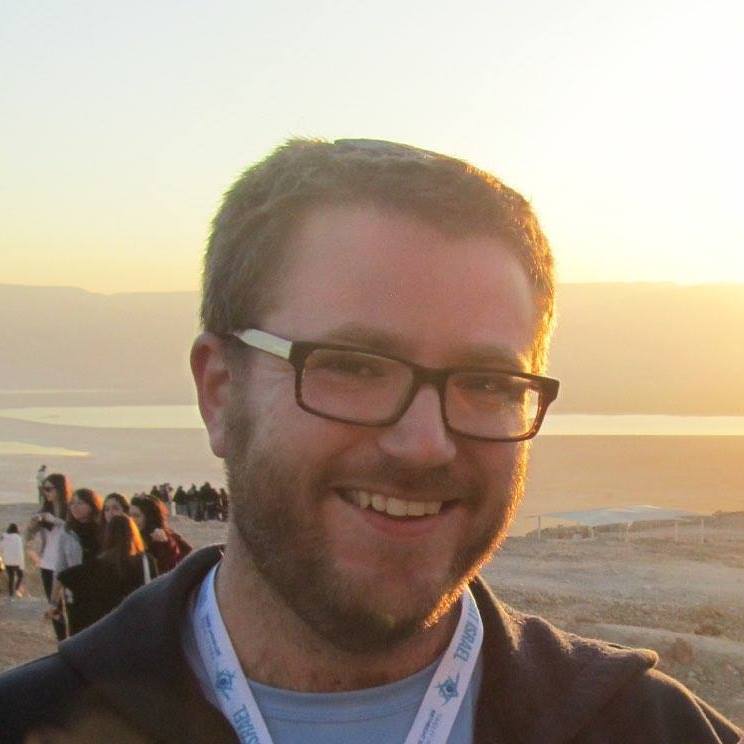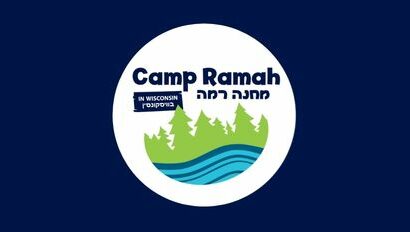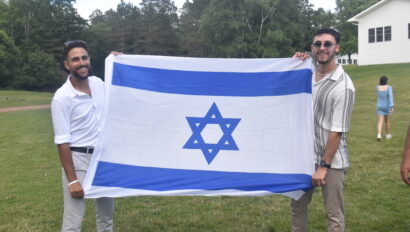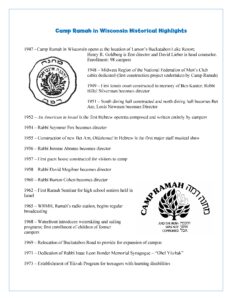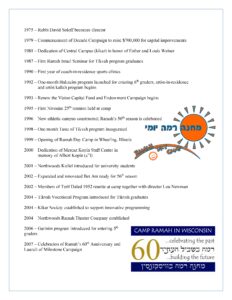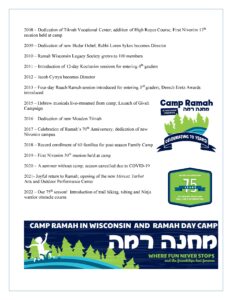Please enjoy a D’var Torah this week from our Program Director, Jeremy Fineberg. A lifelong Ramahnik and alumnus of Brandeis University, Jeremy is spending the year in Israel studying as part of his Rabbinical training through our parent institution, the Jewish Theological Seminary of America. Jeremy returns in 2016 for his tenth summer on staff and second as Program Director. Reflections on Parashat Tetzaveh by Jeremy Fineberg
If there were to be one parashah (weekly Torah reading) that should be accompanied by a coloring book, I would make a strong case for this week’s, Tetzaveh. It features instructions for how to make the special clothing of the Kohanim (priests), the process for ordaining the Kohanim, and the instructions for building the incense altar. These dry descriptions could certainly make use of the bright colors of threads and dyes listed in the text — הזהב, התכלת, הארגמן, תולעת השני – hazahav, hat’cheilet, ha’argaman, tola’at hashani – gold, sky-blue, purple, and crimsonִ — to make the parashah pop a little more.
When reading this parashah, a specific image always catches my attention. The Torah describes the special robe worn by the Kohen Gadol (high priest) – it has a bottom hem of pomegranate-shaped tassels and golden bells! The Torah explains the reason for the bells in Exodus 28:35,
והיה על–אהרן לשרת ונשמע קולו בבאו אל–הקודש לפני ה׳ ובצאתו ולא ימות.
V’hayah al Aharon l’sharet; v’nishma kolo b’vo’o el hakodesh lifnei Adonai uv’tzeito v’lo yamut.
Aaron shall wear [the robe] when he performs the service; its sound shall be heard when he goes into the Sanctuary before God and when he goes out, so that he will not die.
Because his clothes make noise, God will know when Aaron is entering the holy place. This idea, that God somehow needs the bells to alert him to the Kohen Gadol’s presence is very confusing. Why would the Kohen Gadol need an introduction? Shouldn’t God, who knows all, be able to tell when the Kohen Gadol is entering or exiting, especially in such an important place? Are ringing bells really the appropriate introduction to service in the Temple? In its comment to this verse, the Etz Hayim Torah commentary of the Conservative Movement states that “From this we learn that it is forbidden to enter anyone’s room without first announcing your presence.” If God, who knows everything, still needs us to announce ourselves, how much more so do we need to announce and introduce ourselves to each other!
How does this concept of introductions apply to camp? As individuals, our chanichim (campers) are introduced to camp with cheering counselors at the buses, with their names on cabin signs and on Shabbat-o-grams. Their names are chanted in the chadar ochel (dining room), on the sports courts, or in the Beit Am (indoor gym/performing space). Campers introduce themselves through ice breakers and peulot tzrif (cabin activities), through games in Hebrew activities, and through meaningful conversations on the kikar (central field that is the “town square” of camp life).
My favorite type of introduction and announcement of presence happens every summer at the Zimriyah, our camp-wide song festival. When each aidah (age cohort) stands up to sing their song and aidah cheer, their energy rings out like the golden bells on the robe of the Kohen Gadol. The song festival ends with a grand finale as we sing the camp anthem, Himnon Ramah, for the first time of the summer. Together we introduce another camp season and enter our communal holy of holies, a summer at Ramah.
